Multiple views of the same subject
Following on from yesterday when I discussed choosing the best angle for a subject, today we will look at some artists who painted the same subject over and over again. Let us see what we can learn.
Monet painted a series on Rouen Cathedral (Normandy), not so much to get the image right as to show off this glorious cathedral in its many moods and colours that match those moods. There are over 30 paintings in all. I will show only four images so you can see the way Monet altered the colours and tones leaving the front facade as the best view.
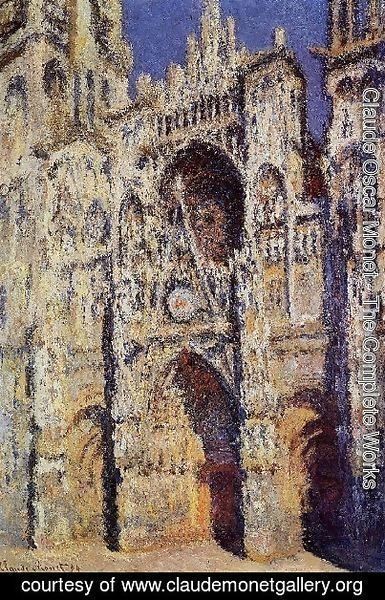
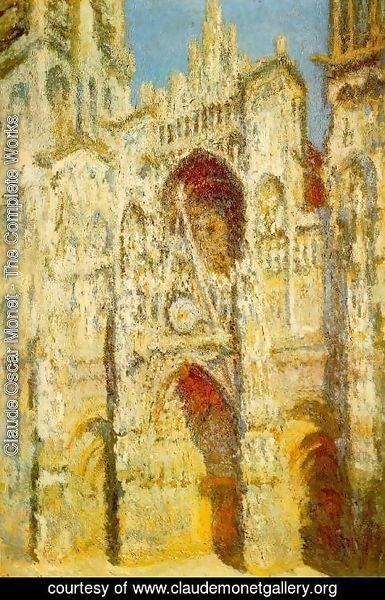
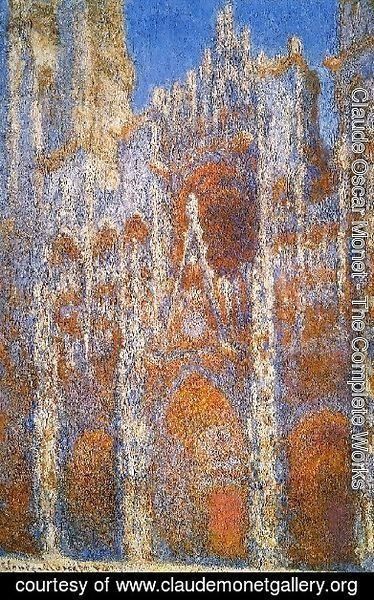
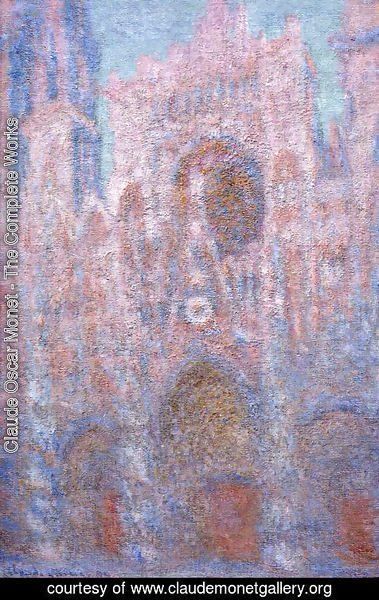
Of course we know Monet for his paintings of water lilies, of which there are hundreds. The Hero image is a slice from on of the images of water lilies and here are four more for you to enjoy.
Painting Point
If you do want to study the images in depth so as to learn a little more about Monet's painting techniques I suggest you first look to see where the lilies are positioned and think about what the effect of this positioning might be. Also note the colours Monet has used so you can use similar combinations of colours in your own paintings. Finally look to see to what extent there are added features and whether you like this effect or not. (Each of these waterlily images are taken from claudemonet.org)
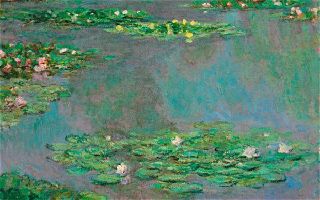
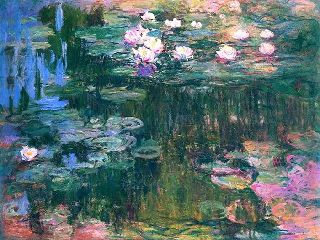
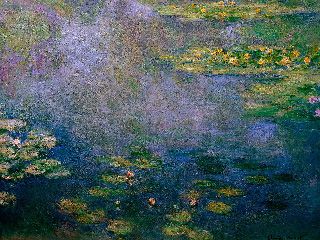
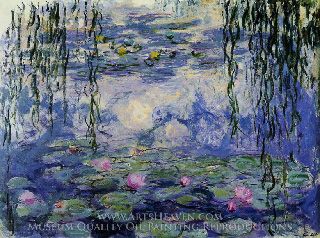
Van Gogh was also in painting multiple images of the same subject. He painted something like eleven images of sunflowers. Why? Because he loved them and wanted to exhibit them in their glory. Here are two almost identical images of sunflowers, both painted by Vincent. Both paintings were exhibited at the National Gallery, UK side by side, in 2014.
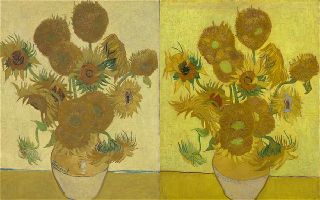
There is no doubt that nearly everyone loves Van Gogh's paintings of sunflowers. As we know, the sunflower moves towards and follows the life giving rays of the sun. Because of this, Christians see the sunflower as a symbol of spiritual faith. In Chinese symbolism, the sunflower stands for long life and good luck and I believe was eaten by royalty to ensure immortality. I think you have to eat the whole flower not just the seeds that some of us like. And here is another of Vincent's Still Life-Vase with Twelve Sunflowers which I prefer to the first two. I think the composition is better and I love the life shown in these flowers.
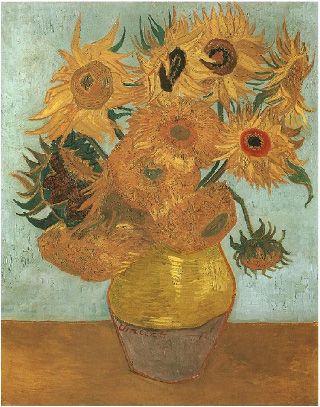
Vincent also painted Two Cut Flowers - at least three times.
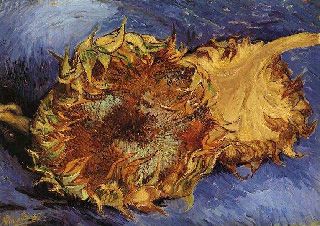
And Four Cut Flowers -only once that I could find. I think he has lost something by adding more flowers. I like the two cut flowers. What do you think? They are amazing paintings of flowers, aren't they? The colour, the tones, the lines are the work of the genius.
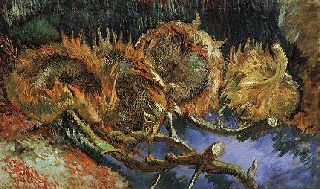
Moving on from sunflowers we will now look at two Van Gogh's which are nearly identical in composition. The first painting is The Road Menders (1889).
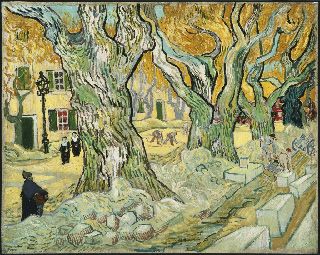
The second is The Large Plane Trees (1889).
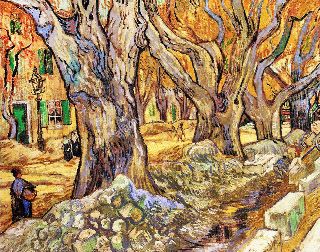
Van Gogh has only altered the composition minimally, has he altered the figures greatly with only slight positional changes. Vincnet has predominantly played around with the colour and texture of the trees with slight variations in the shape of the trunks and branches. Study the composition which is linear and so enhanced by the landscape view. The story unfolds from the left with the main figure, a woman carrying her basket, leading the viewer down the road to encounter other figures walking towards her. A little further on, just a little past the middle of the painting, our eyes focus on the road menders which are barely discernible. A touch of humour or genius to first direct the title of the painting to what would seem the least important of the figures. But that’s a skill used by a narrative painter (genre artist). He has used the title to encourage you to look further into the image.
The scene in the two paintings shown above is from The Boulevard Mirabeau in Saint Remy de Provence.(Southern France). Here is a photo of the same painting.
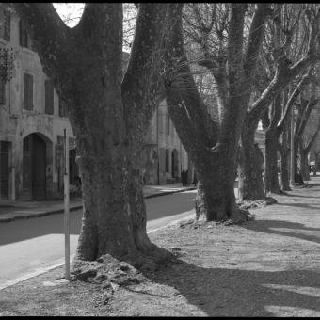
Painting Hint: Have a go at painting your own image of this scene. Reaper with Sickle after Jean-Francois Millet
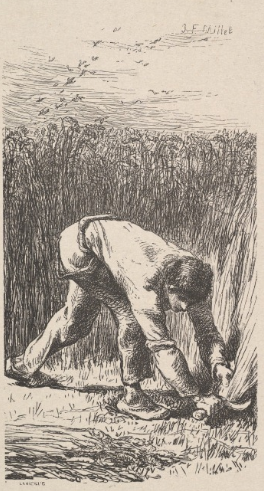
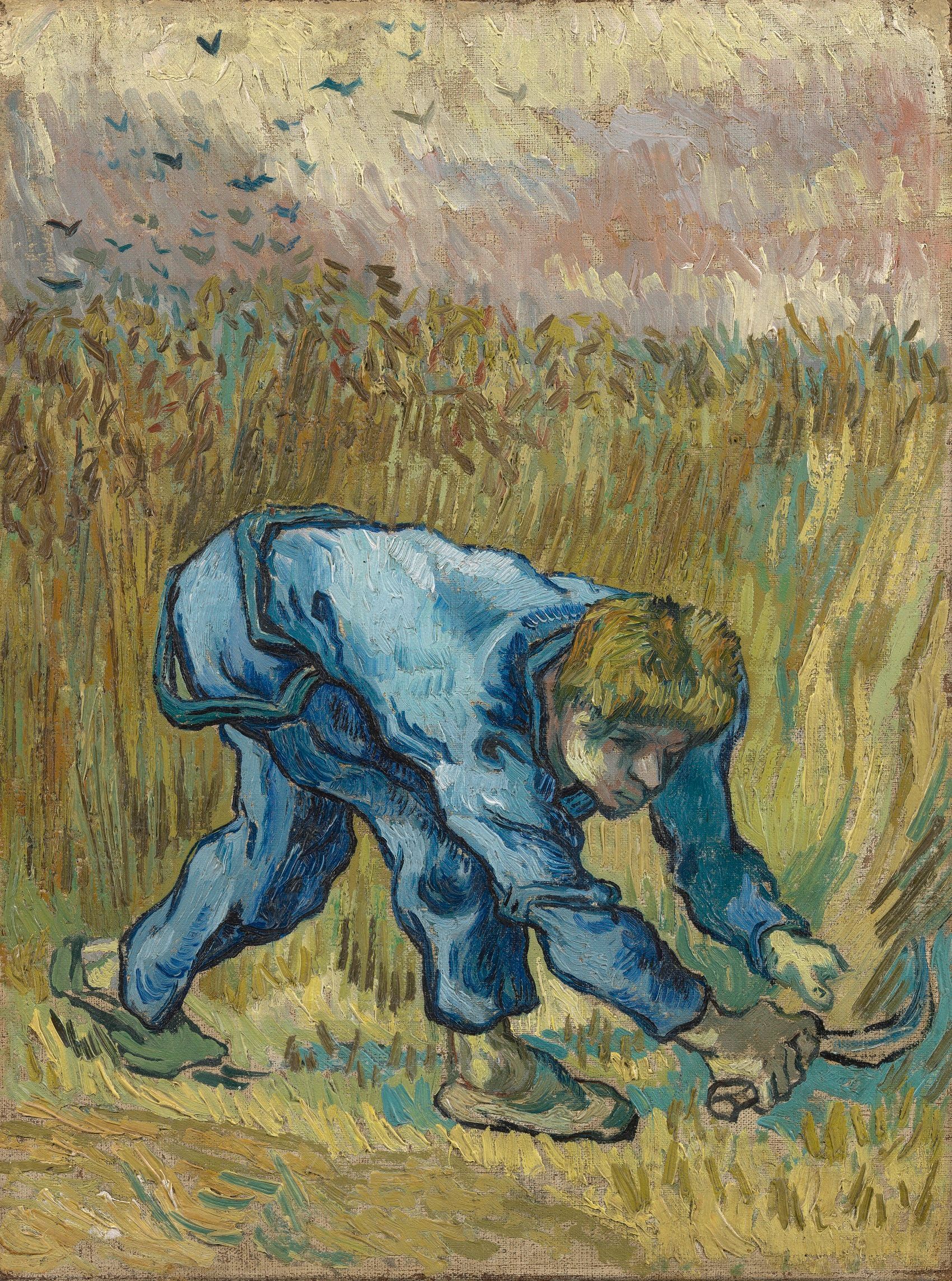
Study the images carefully and note the differences. Which do you prefer? And why? The one of the left is The Reaper by Jean-Francois Millet, 1853. And on the right Van Gogh has reproduced Millet's painting but in his own style.
Painting Point If you are trying to analyse any of the paintings please email your ideas into me for comment.
Tomorrow we will look at an Australian artist who also liked to paint the same subject over and over again. Clue? A man on a horse.
Credit
- claudemonetgallery.org
- vangoghgallery.com
- teachers.phillipscollection.org
- art-vangogh.com
